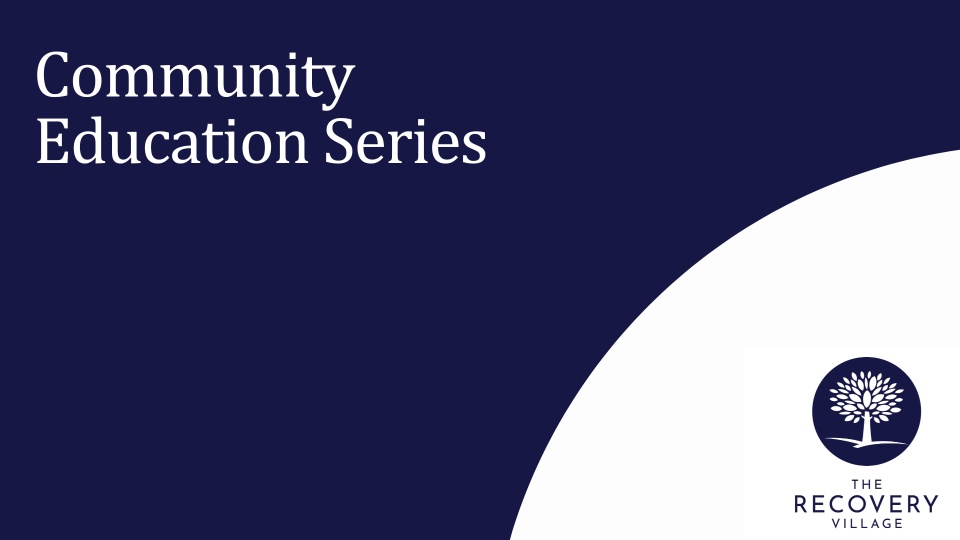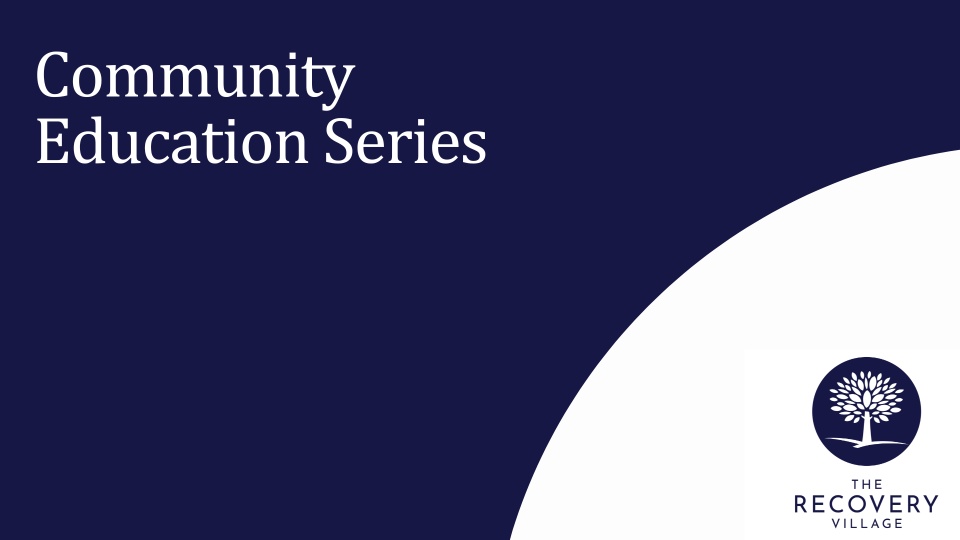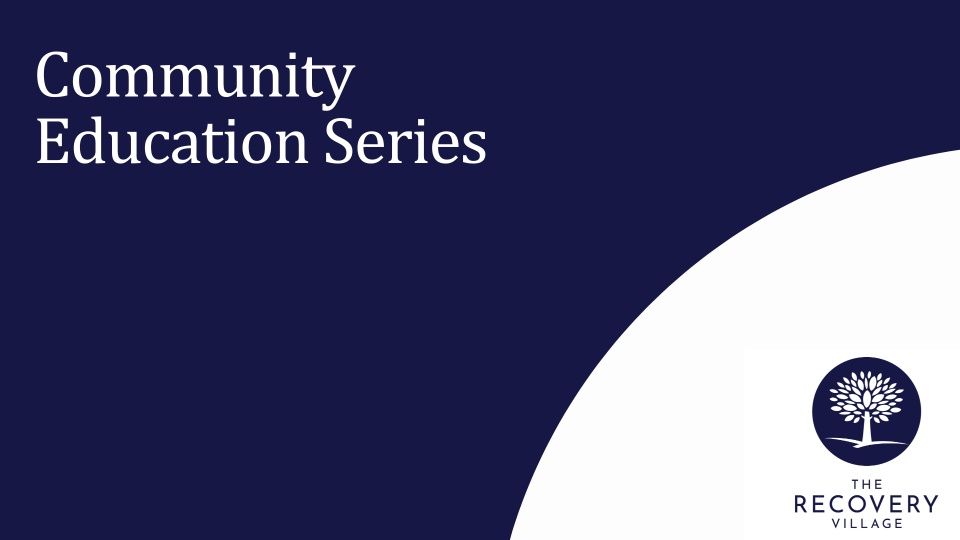Mindfulness is all about managing thoughts and emotions. In this mindfulness training, learn how to recognize them, understand them and let them go.
What is Mindfulness?
Estimated watch time: 51 mins
Available credits: none
Objectives and Summary:
This webinar will introduce participants to the ancient and timeless path of mindfulness, brought forth in contemporary Western society by way of modern medicine and science. We will touch upon basic tenets of mindfulness, including where, how and why mindfulness practices are applied, as well as ample time for guided exploration of introductory practices involving body, breath, heart and mind.
After watching his presentation, the viewer will:
- Gain an introductory understanding of mindfulness and outcomes research of mindfulness-based interventions (MBI) and programs.
- Be aware of the ways in which mindfulness practice can help develop alternative responses to stress and how applied mindfulness can cultivate deeper insights and connections somatically, emotionally and in relationships.
- Have the opportunity to experience mindfulness practices that are proven to positively impact multiple disease processes.









